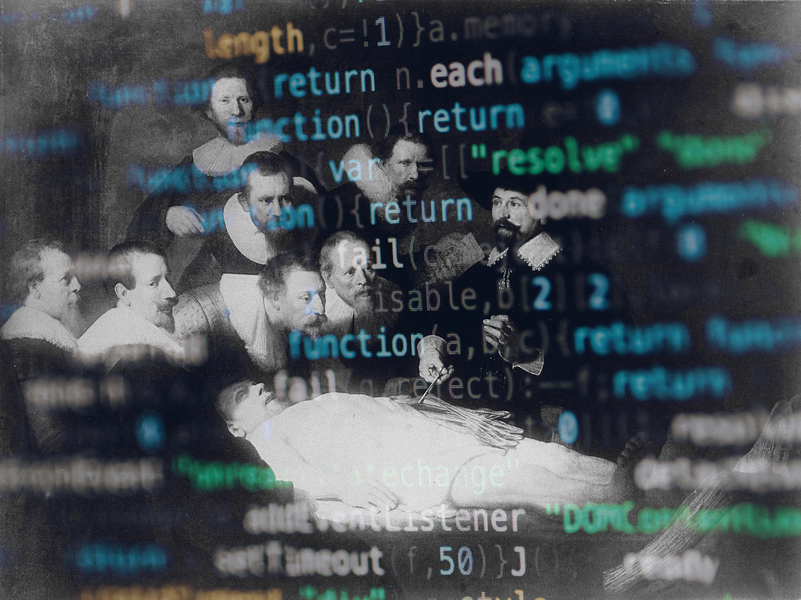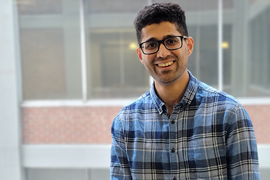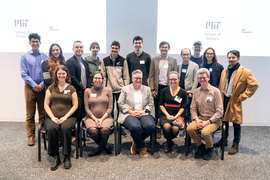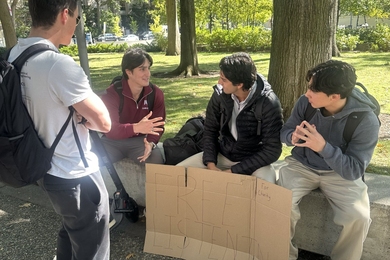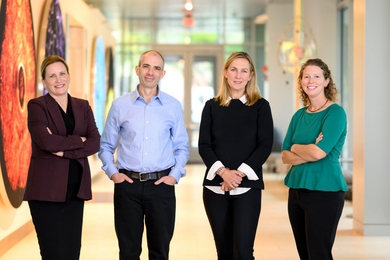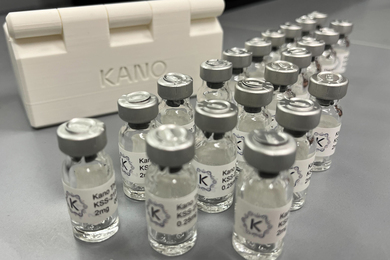In 1954, the world’s first successful organ transplant took place at Brigham and Women’s Hospital, in the form of a kidney donated from one twin to the other. At the time, a group of doctors and scientists had correctly theorized that the recipient’s antibodies were unlikely to reject an organ from an identical twin. One Nobel Prize and a few decades later, advancements in immune-suppressing drugs increased the viability of and demand for organ transplants. Today, over 1 million organ transplants have been performed in the United States, more than any other country in the world.
The impressive scale of this achievement was made possible due to advances in organ matching systems: The first computer-based organ matching system was released in 1977. Despite continued innovation in computing, medicine, and matching technology over the years, over 100,000 people in the U.S. are currently on the national transplant waiting list and 13 people die each day waiting for an organ transplant.
Most computational research in organ allocation is focused on the initial stages, when waitlisted patients are being prioritized for organ transplants. In a new paper presented at ACM Conference on Fairness, Accountability, and Transparency (FAccT) in Athens, Greece, researchers from MIT and Massachusetts General Hospital focused on the final, less-studied stage: organ offer acceptance, when an offer is made and the physician at the transplant center decides on behalf of the patient whether to accept or reject the offered organ.
“I don’t think we were terribly surprised, but we were obviously disappointed,” co-first author and MIT PhD student Hammaad Adam says. Using computational models to analyze transplantation data from over 160,000 transplant candidates in the Scientific Registry of Transplant Recipients (SRTR) between 2010 and 2020, the researchers found that physicians were overall less likely to accept liver and lung offers on behalf of Black candidates, resulting in additional barriers for Black patients in the organ offer acceptance process.
For livers, Black patients had 7 percent lower odds of offer acceptance than white patients. When it came to lungs, the disparity became even larger, with 20 percent lower odds of having an offer acceptance than white patients with similar characteristics.
The data don’t necessarily point to clinician bias as the main influence. “The bigger takeaway is that even if there are factors that justify clinical decision-making, there could be clinical conditions that we didn’t control for, that are more common for Black patients,” Adam explains. If the wait-list fails to account for certain patterns in decision-making, they could create obstacles in the process even if the process itself is “unbiased.”
The researchers also point out that high variability in offer acceptance and risk tolerances among transplant centers is a potential factor complicating the decision-making process. Their FAccT paper references a 2020 paper published in JAMA Cardiology, which concluded that wait-list candidates listed at transplant centers with lower offer acceptance rates have a higher likelihood of mortality.
Another key finding was that an offer was more likely to be accepted if the donor and candidate were of the same race. The paper describes this trend as “concerning,” given the historical inequities in organ procurement that have limited donation from racial and ethnic minority groups.
Previous work from Adam and his collaborators has aimed to address this gap. Last year, they compiled and released Organ Retrieval and Collection of Health Information for Donation (ORCHID), the first multi-center dataset describing the performance of organ procurement organizations (OPOs). ORCHID contains 10 years’ worth of OPO data, and is intended to facilitate research that addresses bias in organ procurement.
“Being able to do good work in this field takes time,” says Adam, who notes that the entirety of the organ offer acceptance project took years to complete. To his knowledge, only one paper to date studies the association between offer acceptance and race.
While the bureaucratic and highly interdisciplinary nature of clinical AI projects can dissuade computer science graduate students from pursuing them, Adam committed to the project for the duration of his PhD in the lab of associate professor of electrical engineering Marzyeh Ghassemi, an affiliate of the MIT Jameel Clinic and the Institute of Medical Engineering and Sciences.
To graduate students interested in pursuing clinical AI research projects, Adam recommends that they “free [themselves] from the cycle of publishing every four months.”
“I found it freeing, to be honest — it’s OK if these collaborations take a while,” he says. “It’s hard to avoid that. I made the conscious choice a few years ago and I was happy doing that work.”
This work was supported with funding from the MIT Jameel Clinic. It was also supported, in part, by Takeda Development Center Americas Inc. (successor in interest to Millennium Pharmaceuticals Inc.), an NIH Ruth L. Kirschstein National Research Service Award, a CIFAR AI Chair at the Vector Institute, and by the National Institutes of Health.
